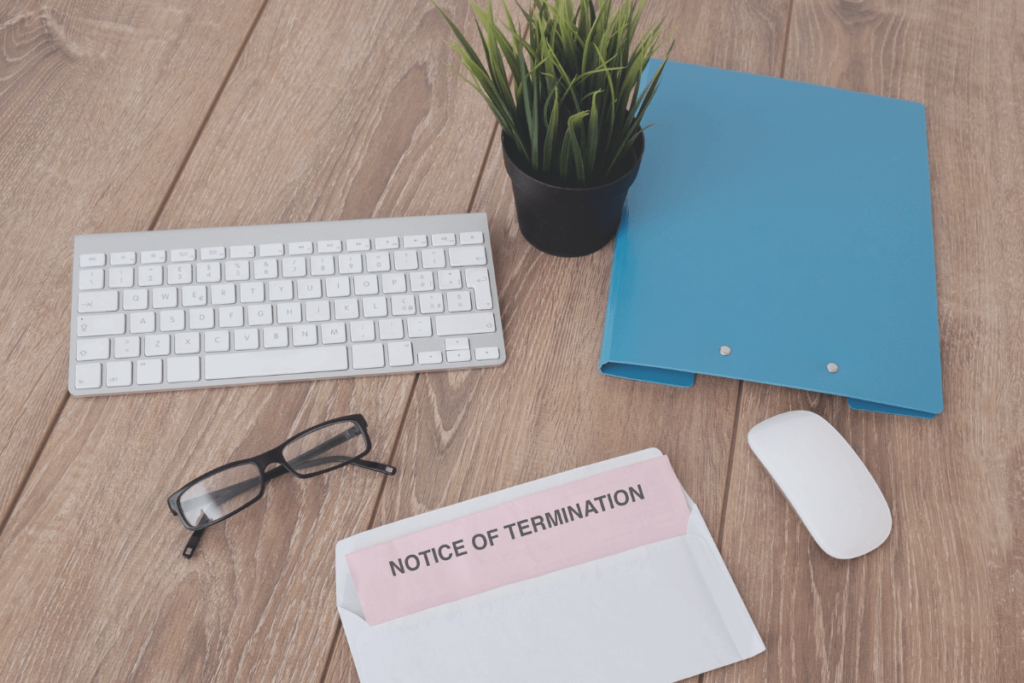Suspension or termination of your Kindle Direct Publishing account may be a nightmare. You risk losing due earnings, a lifetime’s worth of labor, your fan following, and potentially your ability to publish on Amazon again. As a result, it’s essential to understand the laws of the game before beginning to publish on the platform.
This post will show you how to prevent account suspensions and what the most typical causes are. You’ll also discover the best ways to get your account back once it’s been suspended. The following topics will be covered in the guide:
What is the difference between suspension and termination?
The most common causes for suspensions and terminations.
How to Get Your Suspended Back your Amazon KDP account?

Table of Contents
Suspension vs. termination of an account
Suspension and cancellation of an account are two very distinct results. Amazon restricts access to your KDP account when it suspends it for “further evaluation.” Depending on the situation, the review process might be anywhere from a day to a few weeks. Suspensions might be seen as a warning or a smack on the wrist for violating their content restrictions.
You will get an email when your KDP account has been suspended, detailing the reason for the suspension. You may be asked to make modifications to the cover design, book description, or inside by the KDP team. Until you fulfill their content rules, your account will be temporarily disabled.
This implies that in most circumstances, following the steps will allow you to recover access to your account. Termination, on the other hand, implies you can no longer sell books and have permanently lost your publishing rights. Your account cannot be reclaimed, unlike a suspension, regardless of the reasons.
Suspensions of Amazon KDP accounts are caused by a variety of factors.
As previously stated, Amazon has the authority to suspend or cancel your KDP account for a variety of reasons. We’ll go through the most frequent causes below so you don’t lose access to your account.
Infringement of intellectual property rights
The activity of generating or selling copyright-protected work without the owner’s consent is known as copyright infringement. For example, unless you are Stephen King himself, Amazon will not allow you to sell his publications on their site.
Duplicate material is also considered a copyright infringement by Amazon; you can’t just replicate cover or interior designs from other publishers. Copyright infringement cases are taken extremely seriously by Amazon, and the accounts concerned will be suspended immediately until the situation is rectified.
Also, whether you’re dealing with ghostwriters or outside designers, make sure their work is unique. Examine the content for plagiarized material and other instances of copyright or trademark infringement. If you don’t, Amazon may mark your material as inappropriate and terminate your KDP account.
Infringement of a trademark
Infringement of a trademark occurs when someone uses a company’s name, logo, or symbol without authorization. You can’t, for example, place the McDonald’s logo on the cover of your book; Amazon would alert you for doing so since the logo belongs to a well-known corporation.
Slogans like Nike’s Just Do It or Apple’s Think Different are examples of trademarks. It’s also not necessary for the trademark to belong to a significant corporation. Anyone who owns a trademark may sue you for infringing on their intellectual property rights.
Even changing a trademark might result in legal action. Major corporations have mechanisms in place to identify trademark infringement in online marketplaces like Amazon. They may even put pressure on Amazon to permanently ban your KDP account.
Publicity and privacy rights
A person’s appearance, voice, and reputation are all protected under the right of publicity. You can’t, for example, exploit Rihanna’s image to earn money or advertise your book without her consent. If you do, KDP will instantly deactivate your account, since this is a significant infraction.
Containing offensive material
KDP’s publishing standards prohibit the publication of objectionable content. Hate speech or incendiary content directed towards a group of people or an individual are examples of such material. Pornography, as well as any portrayals or glorification of sexual violence, are prohibited.
Certain sorts of political material are also censored by the KDP, such as terrorist advocacy, historical fact falsification, and the celebration of human catastrophes like as genocides and natural disasters.
There are several KDP accounts.
You can only have one KDP account, according to Amazon’s rules and regulations. As a result, if Amazon detects numerous profiles with the identical personal information, the accounts will generally be terminated promptly. (Accounts held by family members or roommates are not included.)
Manipulation of the rankings
Any effort aimed at gaming the system in order to boost your work is classified as ranking manipulation. Buying phony reviews is the most prominent example, but other methods include swapping gift cards for ratings or getting friends or relatives to purchase things and submit evaluations. It’s even considered ranking manipulation to unpublish and relaunch identical publications.
Meta description that is misleading
Another typical blunder is providing meta descriptions for your publications that are deceptive. Metadata is information about your book that includes things like the title, subtitle, author name, description, and so on. This info must be exact in order to qualify for KDP. The book title keyword, for example, should be precisely as it appears on the cover page. There should also be no mention of sales rank or promotions (e.g., bestselling, free, etc.).
Content of poor quality
Finally, accounts with low-quality material may be suspended or terminated. Bad grammar, spelling errors, and other sorts of poor writing are frowned upon by Amazon. To summarize, if you attempt to sell rubbish on Amazon’s platform, you will be removed in order to protect the user experience.
How do you regain access to your Amazon KDP account?
We’ve put up a step-by-step guide to assist you reclaim access to your Amazon KDP account once it’s been suspended or terminated. However, keep in mind that there is no one-size-fits-all option for regaining access to your account.
KDP’s procedures for making modifications are often ambiguous, and communication is sporadic. In addition, KDP will always make the ultimate decision. As a result, this article only covers the best practices for what is most likely to succeed.
Step 1: Respond to warnings.
Act quickly if you get an email from KDP notifying you of any infringement. Ensure that there are no misconceptions and that the deadline is met. You should also keep an eye on your spam folder for any critical communications from the Amazon customer service staff.
Step 2: Get in touch with KDP Support.
Contact Amazon KDP through the suspension email, live chat, or phone if your account has been temporarily suspended for reasons you don’t understand. The first thing you should do is discover out why you’ve been suspended. Encourage them to be as transparent as possible with you, but maintain a professional demeanor throughout the process.
Step 3: Make a suggestion for a solution.
Offer to fix whatever problem caused your suspension. It’s critical to demonstrate to KDP that you’re ready to collaborate on an appropriate solution. Provide KDP with the required paperwork to confirm that you own the rights to whatever material was reported if copyright or trademark violation is suspected (licenses, rights of use, etc.).
Alternatives to Amazon’s KDP
When it comes to recovering suspended Amazon accounts, there is no silver bullet, and the measures listed above may not be enough. You may lose access to your account permanently in certain instances.
As a result, as a publisher, you should seek to establish yourself on alternative publishing platforms so that you are not entirely dependant on Amazon KDP.
These alternative publishing options can allow you more freedom while also providing you with more revenue.
It’s preferable to be safe than than sorry.
Losing access to your Amazon KDP account might have serious consequences, including financial loss. To prevent getting into problems, you should constantly follow the specified instructions. If you get a warning for whatever reason, take it seriously and attempt to resolve the problem as soon as possible.
In the end, the only way to be a successful Amazon publisher is to obey the site’s regulations. Contact Amazon KDP Support or post your query in our self-publishing forum if you have any questions concerning specific rules. It’s always better to be safe than sorry, after all.
Check out our other MMO articles!
